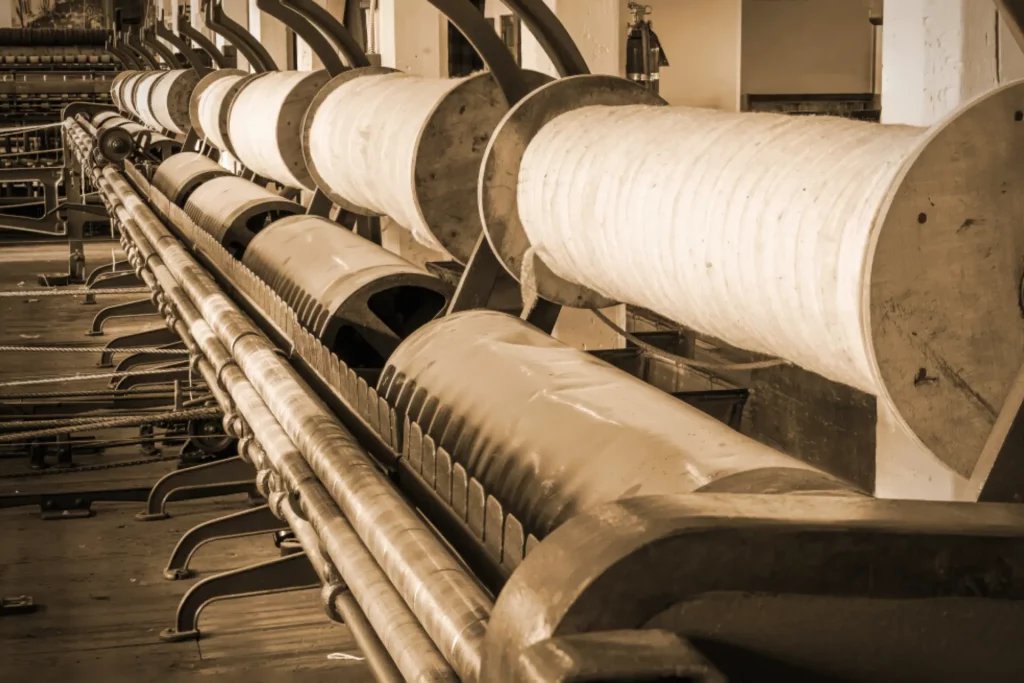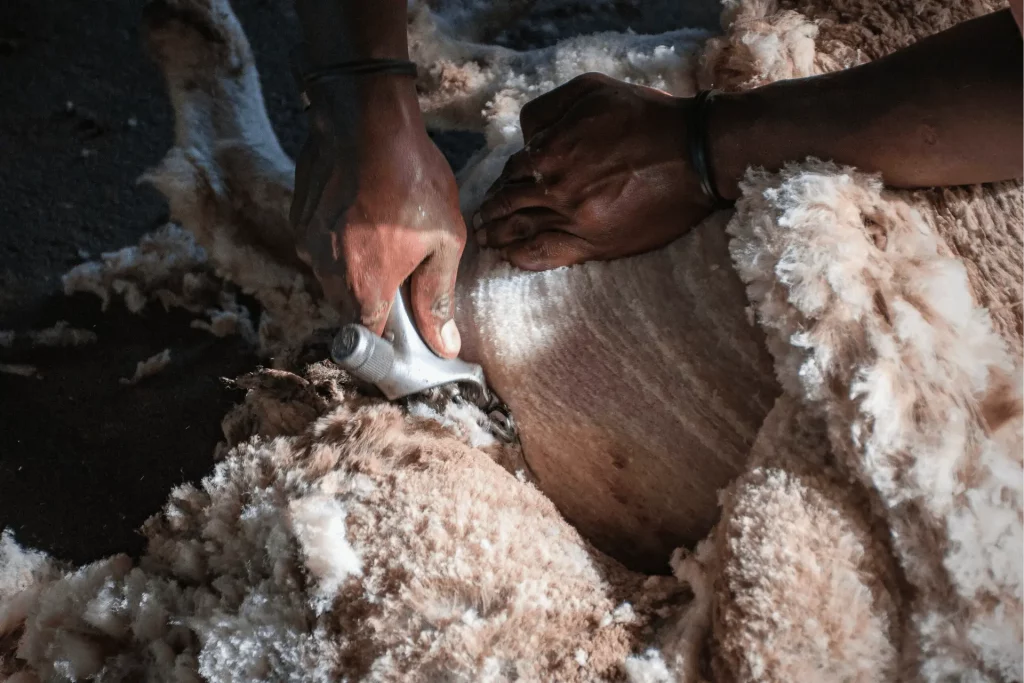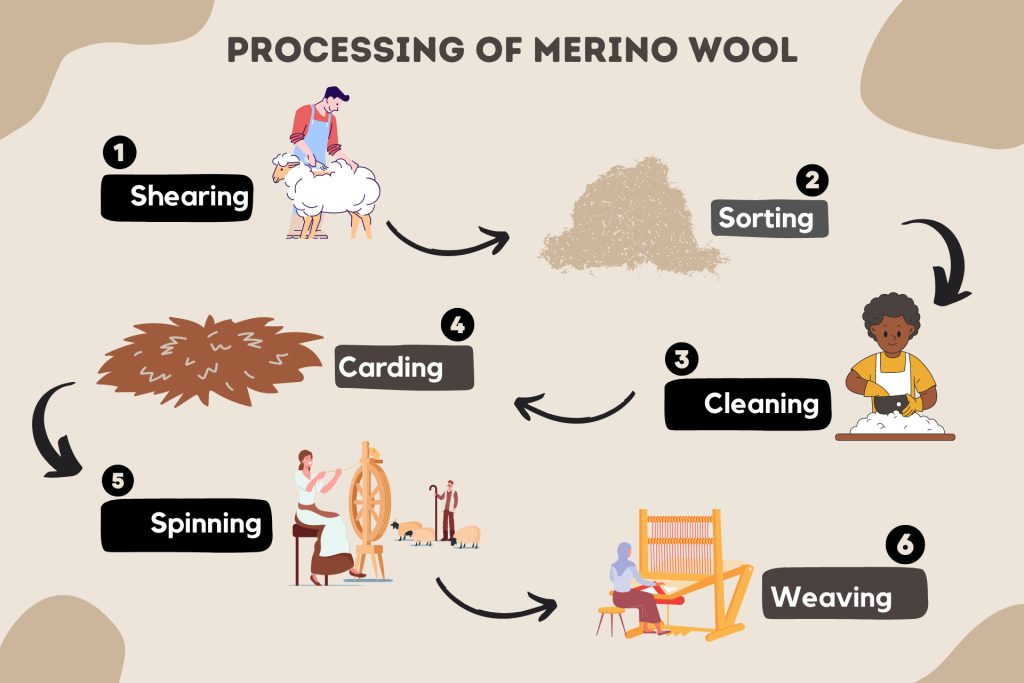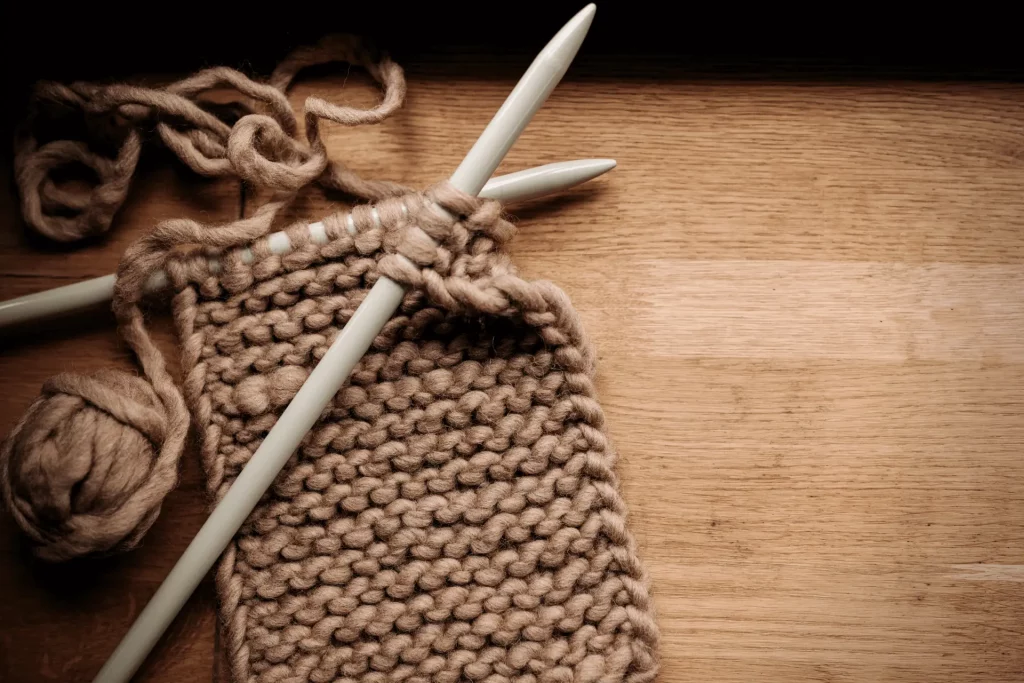Merino wool is commonly considered to be the most luxurious type of wool available. This wool, which is shorn from Merino sheep, is warm, pleasant, and luxurious to the touch. However, these wonderful things come at a high cost – Merino wool is quite expensive.
Merino wool is costly due to time, labor, and other expenses in its production and processing. When you combine it with growing demand and a limited supply of merino wool to meet that need, the reasons for the high price of merino wool become very obvious.
The cost of wool varies depending on the procedure that was used to produce it. The price might be rather high. While wool is well worth the investment, it’s crucial to understand why it is so expensive to purchase. The fact is that wool is a highly sought-after fabric, and many people are aware that it is a high-end product. Wool is rather costly, and this is due to a variety of factors.
Table of Contents
Here Are Six Most Significant Reasons Why Is Merino Wool So Expensive:
Many factors contribute to the popularity of merino wool, and all of these factors contribute to the increase in its price:
1. Supply and Demand:

At the heart of anything expensive is the relationship between supply and demand. When there is a rise in supply but a fall in demand, the cost of goods and services will decline.
When there is a decline in supply and a rise in demand, on the other hand, the costs tend to soar to unsustainable levels. When there is a scarcity of something and strong demand for it, those who have exposure to it will have the capacity to charge a higher price for it.
Those who desire it will have no option but to pay the price for their actions. As prices rise, it is merely a matter of determining who is prepared to pay the higher cost. Some individuals will be willing to pay the higher prices for the wool, while others may opt to work with various materials altogether.
It frequently boils down to an appreciation of the rarity of the wool and the excellence of the wool. Those who understand that wool is a superior fabric will be willing to pay more for it – and as the number of wool shrinks, the costs can continue to rise at a rapid pace until a price cap is reached.
The ceiling may differ from one market to the next. Wool, on the other hand, may only be worth a few bucks per pound. Prices for designer wool sweaters, scarves, and other things may reach thousands of dollars – but if people want something badly enough, they are willing to pay the money to have it.
2. Merino Wool Availability:

Wool isn’t always easily accessible, especially in rural areas. It is dependent on a variety of factors, including the location of the world from where the wool is sourced, the quantity of wool required, and even the time of year.
When resources are scarce, the expenses increase. To ensure that everyone earns a profit: costs are increasing at every level of government. The herders and farmers demand a higher price, the weavers demand a higher price, and the designers demand a higher.
Because everyone wants to profit, the supply of goods and services substantially influences the prices that consumers are prepared to pay. Additionally, the availability of a given species is something that should be taken into consideration.
It is not all animals that are available in all countries. It is more expensive to import animal wool when it needs to be spun in the United States.
3. Increase Cost Due to its Process:

The Process of making yarn from wool is a time-consuming and labor-intensive one. There are several phases to the procedure, and each one can be costly due to the high cost of the ingredients and the work required at each stage.
The stages are as follows:
- Shearing
- Sorting
- Cleaning
- Carding
- Spinning
- Weaving
- Finishing
Many of these procedures need the use of costly technology and highly trained personnel to supervise the operation.
Some chemicals and cleansers are used to assist in cleaning and scouring the wool, and all of this comes at a price.
Finishing is also a time-consuming and expensive procedure since it involves the interlocking and dyeing of the fibers. Depending on the color that is used, it may increase the overall cost.
Furthermore, when wool isn’t treated properly, a substantial quantity of waste is generated. This has the potential to have a direct influence on profitability.
A tiny quantity of yarn can be produced from thousands of pounds of wool if the wool is not handled properly.
While some expenditures can be recouped due to the ability to reintroduce it, it is frequently “reprocessed” and, as a result, is worthless money.
4. The Time Required to Complete the Process:

It takes a large amount of time to prepare the wool before it can make something useful. The numerous stages outlined above take a significant amount of time.
For example, the shearing operation is only performed once a year, often in the spring. Shearers may shear 100 or even more sheep in a single day, on average. On the other hand, the fleece must be treated with care to maintain it in one piece.
However, while the sorting and sorting procedure might take hours or even days, it can take another week or further to clean, remove impurities, and dry once the cleaning phase has been completed.
Carding, spinning, and weaving are frequently completed on the same day, given that all of the machinery is in good working order and is all housed under the same roofing system.
Transportation must be factored in to spread the processing phases, adding weeks and months to the time required to obtain wool.
Months may have elapsed since the spring shearing when the wool has been completed. Then, once all of the fleece has been shorn, processed, and sold, the supply will be severely restricted until the next spring.
The time required for processing is not the same as that required for artificial items dependent on chemical processes.
Wool production relies on the sheep’s ability to regenerate their fleece, which takes roughly a year on average. There is an additional cost associated with this since it must be considered in the time frame.
5. Branding Increases the Cost of a Product:

Brands can sustain a certain level of reputation. Some brands are valued more because of their reputation – built via quality, marketing, and other factors – than others.
If you’re looking to get completely treated wool in the form of fiber, there aren’t going to be too many various pricing points among different companies to choose from.
But after the yarn has been turned into a finished product – whether it is a rug, a sweater, or anything else – the brands will directly influence the price.
It can be rather expensive to purchase fashionable wool things from high-end designers and companies.
Additionally, the method of producing wool, which has specific advantages, might improve the brand’s image.
When a company can boast that its wool is soft, it retains its warmth even when wet, and other benefits, it becomes more attractive.
Some firms will concentrate on the travel industry, while others will concentrate on the outdoor sector.
As businesses narrow their emphasis to a target market, they will boost their prices to know who they are selling to. Wool will be used by lower-priced companies as well.
Although the cost may be cheaper, the grade will almost certainly be poorer as well. Frequently, it boils down to the brand’s grasp of its target audience—those who can charge hundreds or thousands of dollars for wool items will.
Those aware that they will not charge as much will offer wool, but with a proviso, either the wool will be of a lower rating or woven with one or more additional materials and the wool.
Even though you may have brand recognition, you must understand what you are purchasing.
6. In Terms of Competitiveness With Other Fabrics:

More textiles are available on the market now than ever before. Since before the time of the Romans, people have been making woolen cloth. The fact that wool is a worthwhile investment does not require any convincing.
In recent years, however, more materials have been employed. Cotton, synthetic fibers, and a variety of other materials are being employed. Many sheep farmers have given up their livelihoods as a result of this.
They have decided to shift their attention to alternative sources of income. As a result of their efforts, people have come to rely on those other fibers as well.
After years of wool becoming less widespread, businesses turn to it as a more premium material due to its reduced availability.
It’s being utilized in furniture, shoes, and various other applications where it has never been used before. Luxury brands can use it to market not only their products’ exclusivity but also their own.
Does this imply that there will be an increase in the number of sheep farmers overnight? Unlikely. The expense of rearing sheep is enormous – and this includes the cost of the land on which the sheep are required to graze and reproduce.
Is the price of Merino Wool justifiable?
Merino wool is unquestionably worth the investment. It is extremely sturdy and has the potential to last for many years. After considering the durability of merino wool items, there is no question that merino wool is a worthwhile investment.
Conclusion:
Merino wool is considered a high-end fabric. It’s soft, lightweight, and breathable, making it ideal for wearing throughout the year in any season.
However, all of these advantages come at a high cost! Why? The solution can be found in the way merino sheep are treated.
In contrast to other breeds of sheep, they do not require shearing every year because their long matted hair naturally keeps them warm during the colder months and cool during the hotter summer months.
There is less pressure on farmers to produce more goods each year, resulting in higher-quality clothing – but only at the expense of lower prices.

